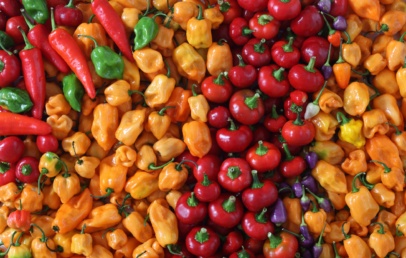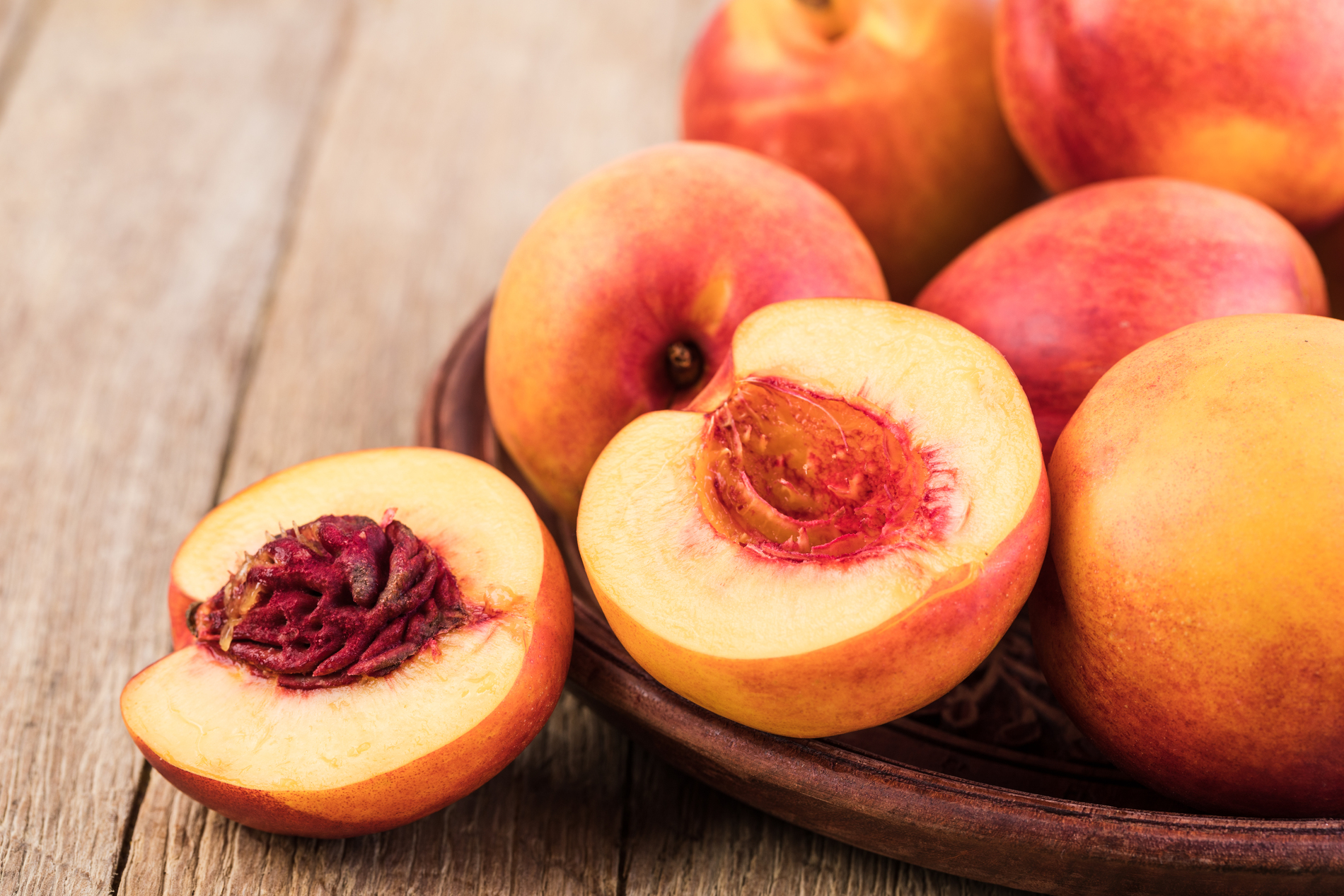
Can Diabetic Patients Eat Fruits?
In short, yes.
Just because you’re watching your blood sugar doesn’t mean fruit is off-limits. Whole fruits, especially the right ones, can actually help support stable blood sugar when eaten in smart portions. The trick is to go for fruits that are lower in sugar and high in fiber, so they don’t mess with your glucose levels.
Here are 12 fruits that are not only safe for people with diabetes but also offer benefits that make them worth keeping in your diet.
1. Berries
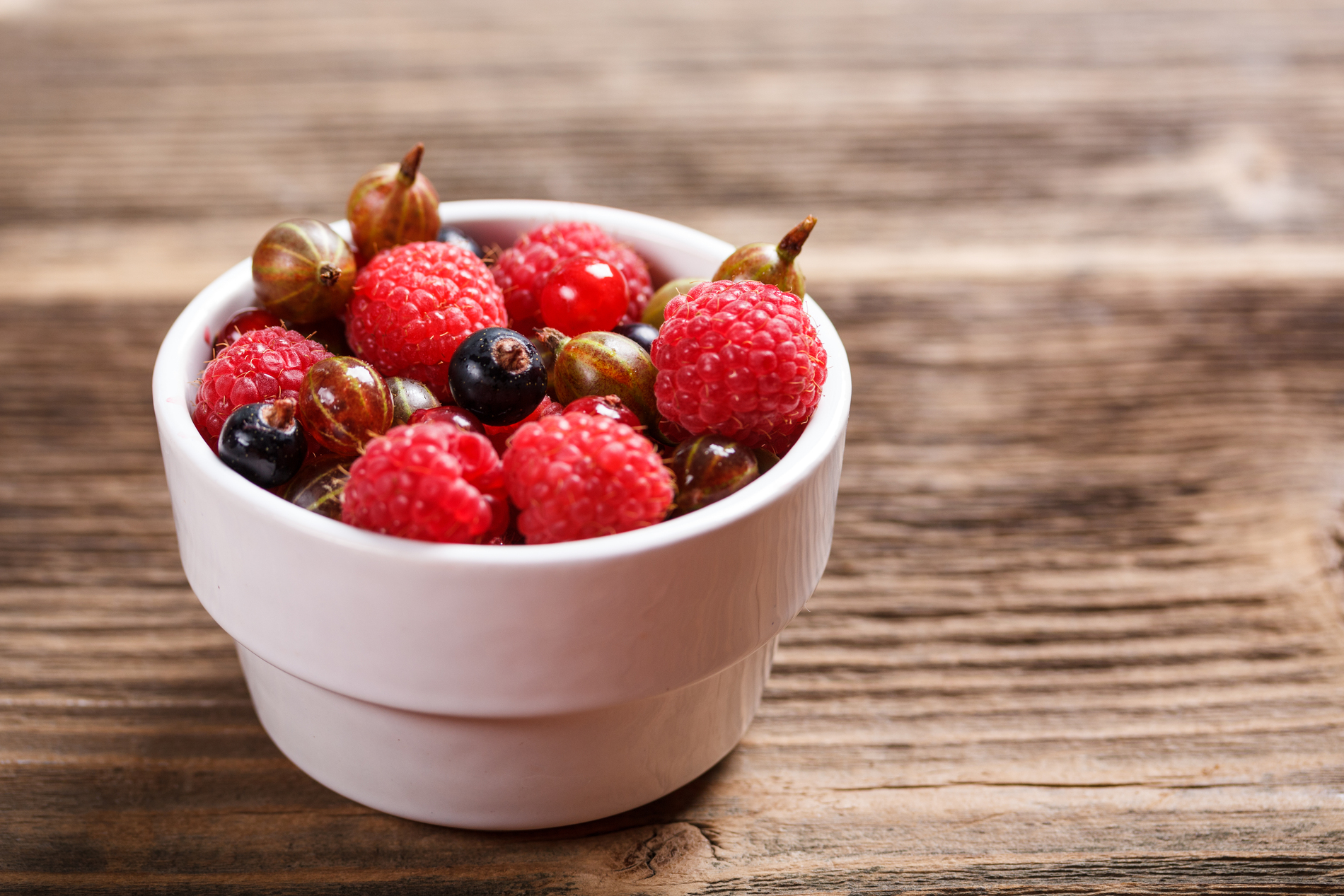
Berries are tiny but packed with power. Strawberries, blueberries, raspberries, and blackberries all have a low glycemic index and are full of fiber. That fiber helps slow down how fast sugar enters your bloodstream. They’re also high in antioxidants, which can help reduce inflammation linked to insulin resistance.
2. Apples
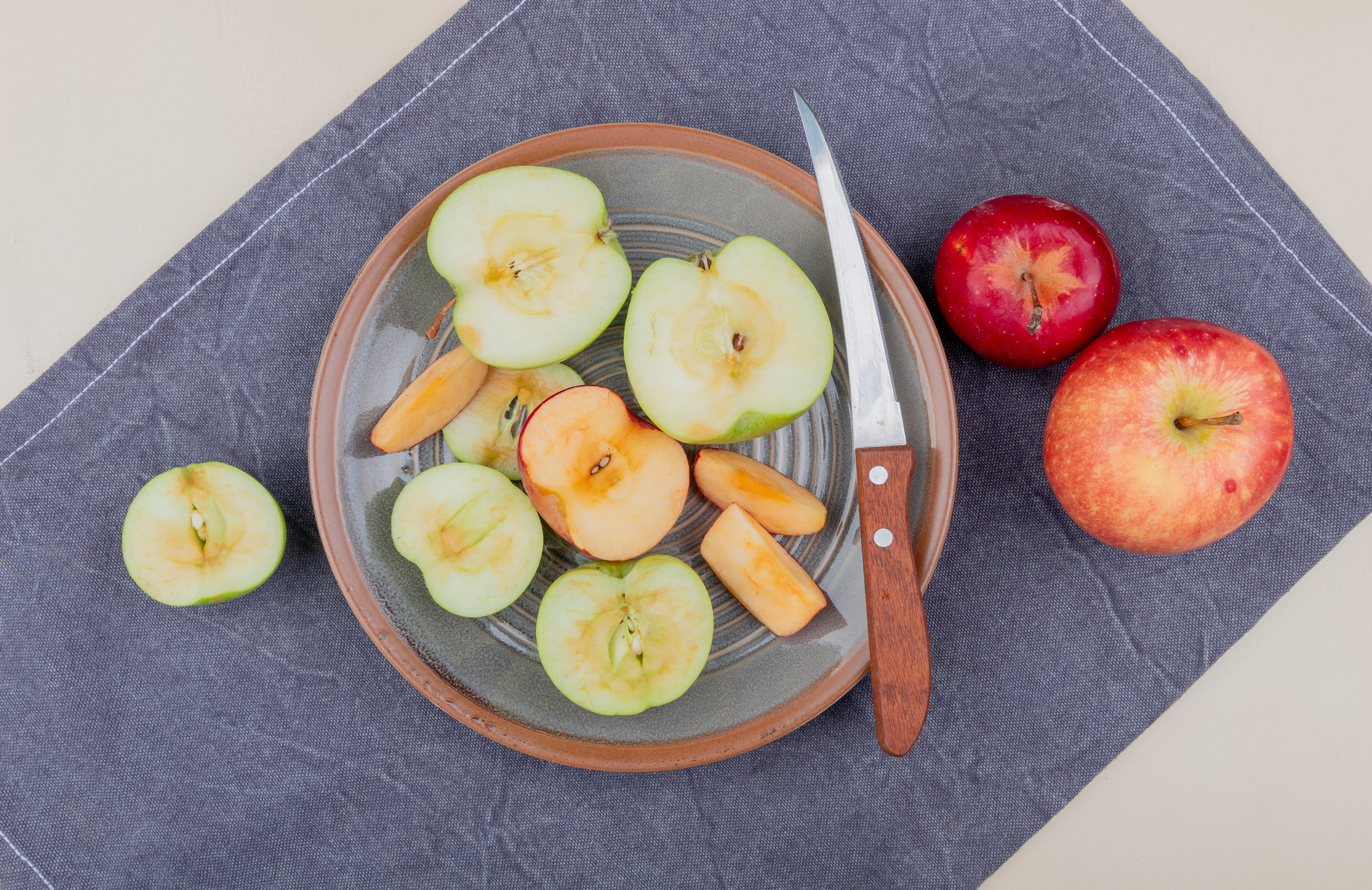
Apples are an easy grab-and-go fruit, and they’re full of fiber, especially if you leave the skin on. The fiber slows down digestion, which helps with blood sugar control. They’re also super filling, so you’re less likely to reach for a second snack right after.
3. Pears
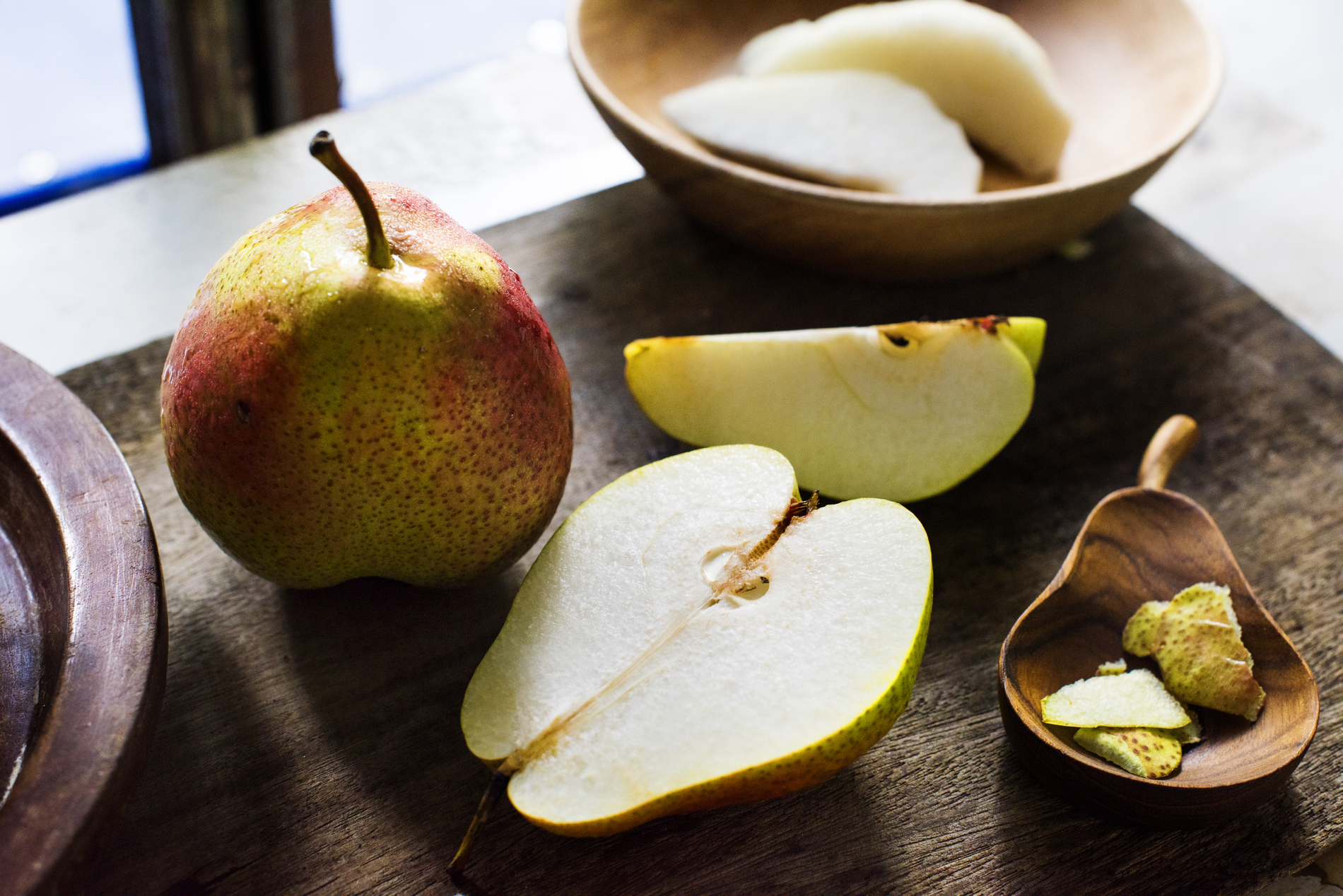
Pears are often overlooked, but they’re naturally sweet and have a great texture. What makes them helpful for managing diabetes is their fiber content, particularly when eaten unpeeled. They’re also hydrating and contain vitamins that support heart and digestive health.
4. Cherries
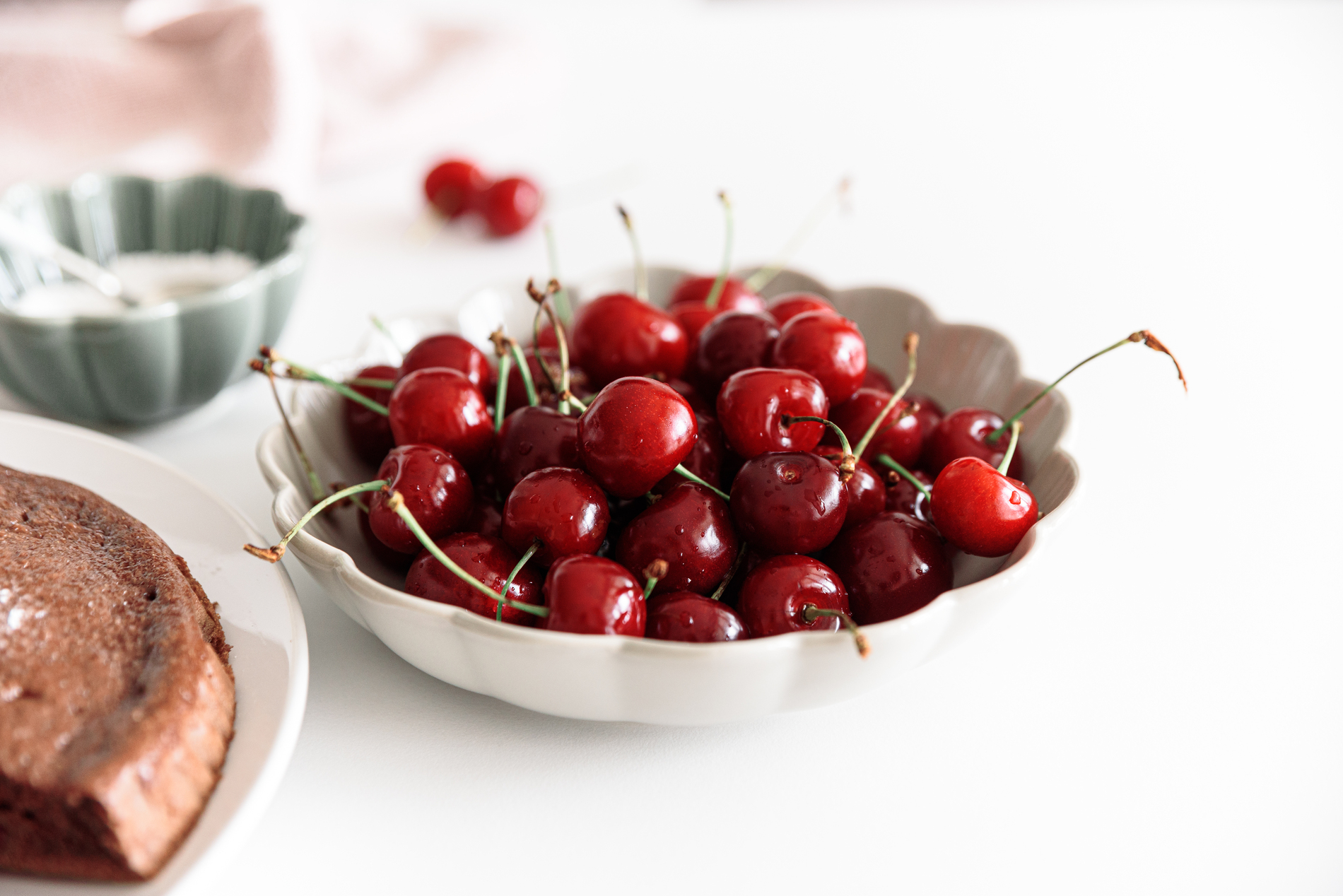
Fresh cherries have a low glycemic index and are rich in antioxidants called anthocyanins. These compounds may help lower blood sugar and improve insulin production. Just skip the canned or sugar-soaked versions and stick to fresh or frozen when possible.
5. Kiwi

Kiwi is tangy, juicy, and surprisingly low in sugar. It’s packed with vitamin C and fiber, which helps regulate blood sugar and digestion. It’s also easy to pair with protein-rich options like yogurt for a balanced snack.
6. Peaches
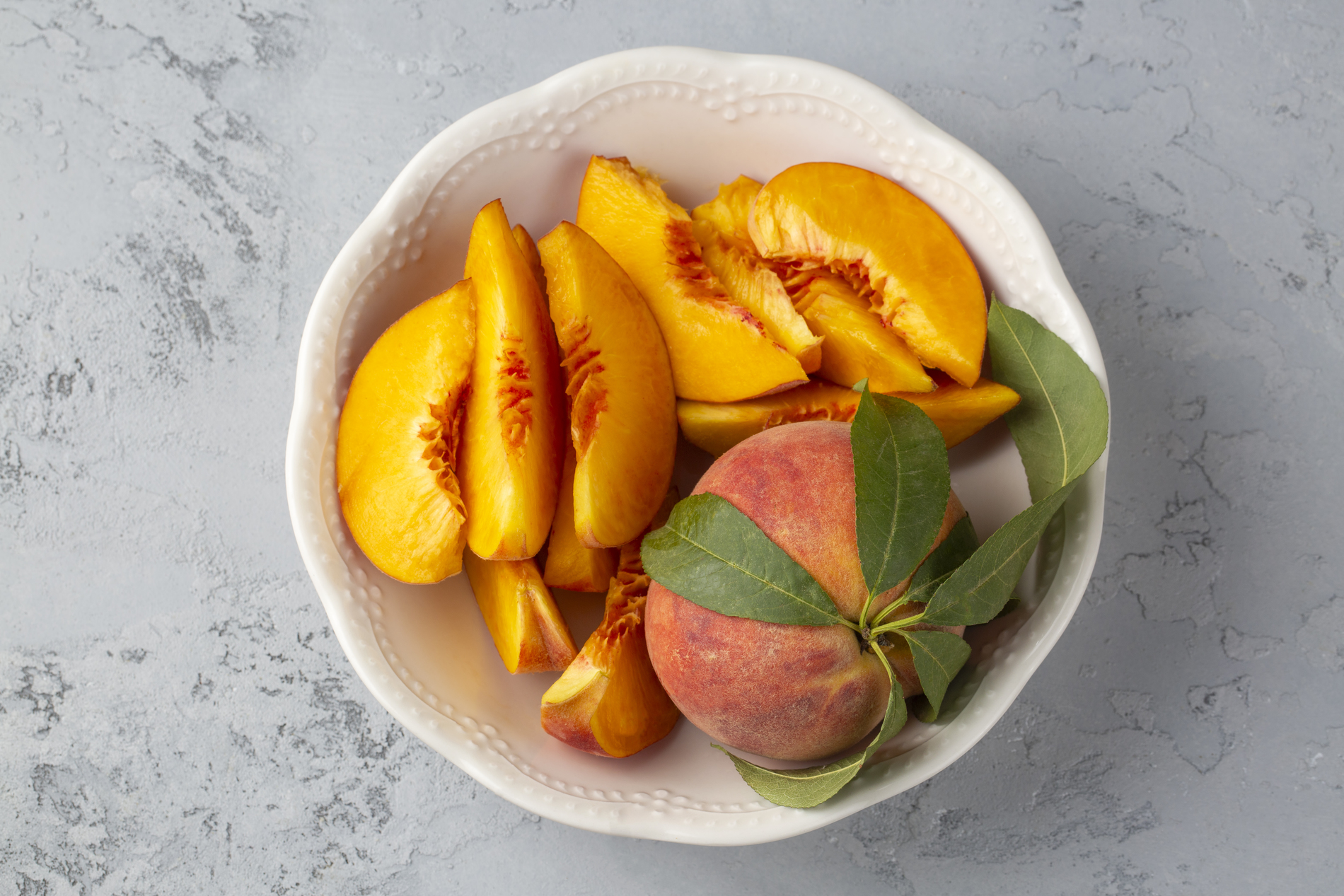
Fresh peaches offer sweetness without a high glycemic load. They provide fiber, potassium, and vitamins A and C. When eaten in moderation and without sugary toppings or syrups, they’re a solid choice for a summer treat or breakfast add-on.
7. Oranges
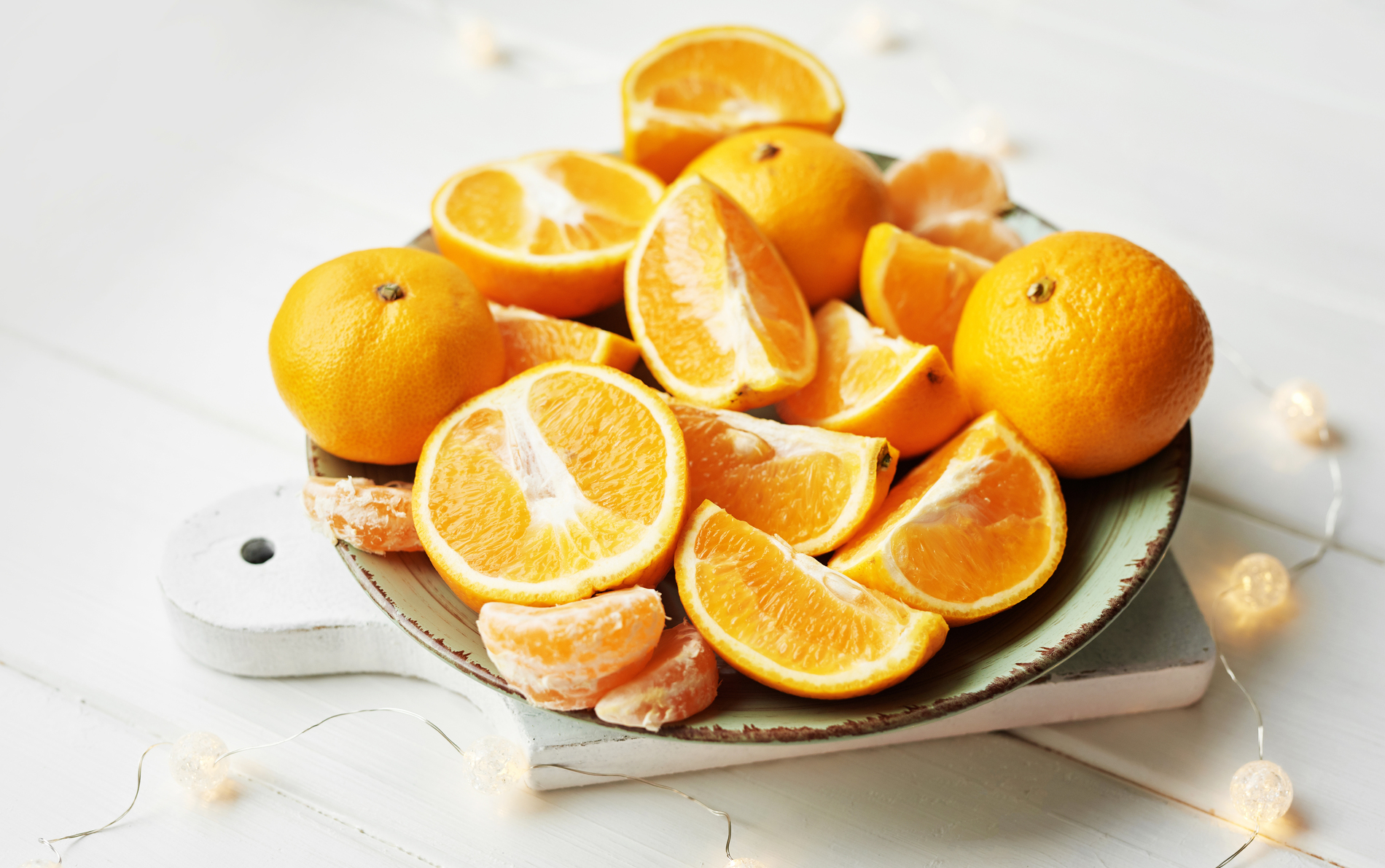
Whole oranges (not the juice) are a good source of fiber and vitamin C. The fiber in the pulp helps slow the release of sugar into your bloodstream. A small orange can be a great option when you want something refreshing and slightly sweet.
8. Plums
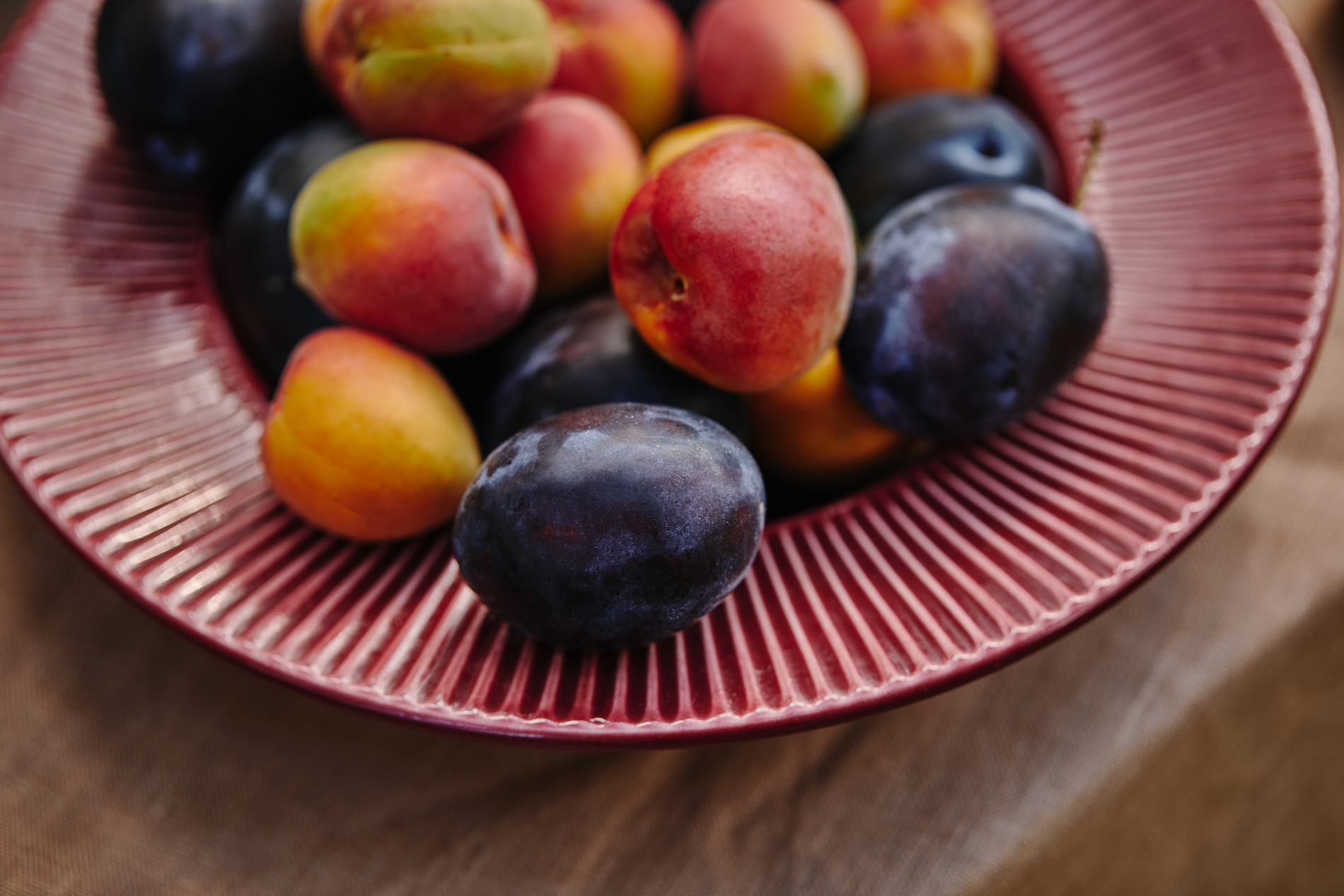
Plums are small, easy to portion, and have a lower sugar content than you’d expect. They also offer fiber and antioxidants. Eating one or two fresh plums with a handful of nuts can help balance blood sugar and keep you full.
9. Avocados

It might sound odd, but avocados are technically a fruit. They’re full of healthy fats and fiber and have practically no sugar. They don’t raise blood sugar levels and can even help with insulin sensitivity, which is key for managing diabetes.
10. Grapefruit
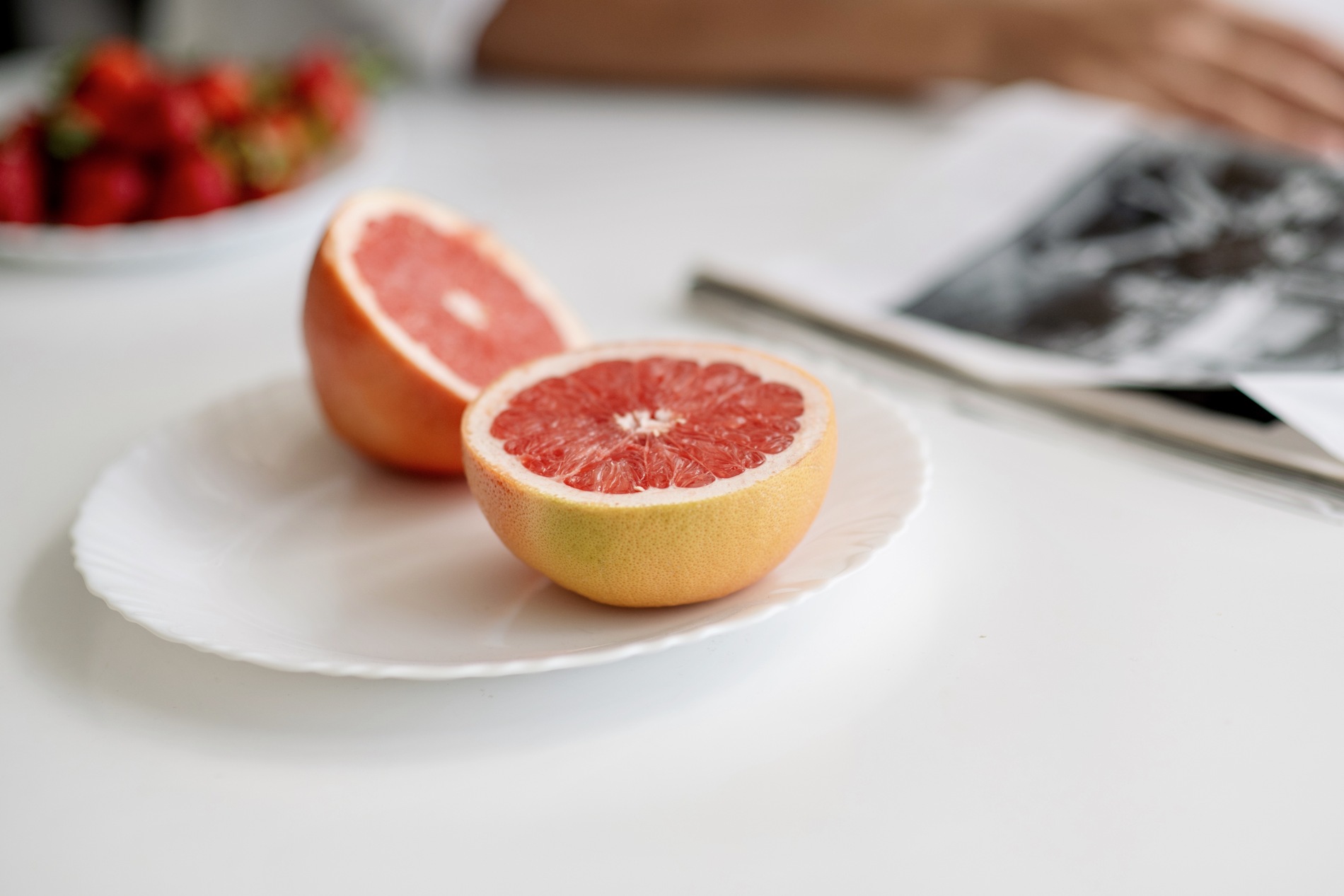
Grapefruit has a fresh, slightly tart flavor and a low glycemic index. Some research suggests it may even help lower insulin resistance. Just check with your doctor if you’re on medications, since grapefruit can sometimes interfere with them.
11. Guava
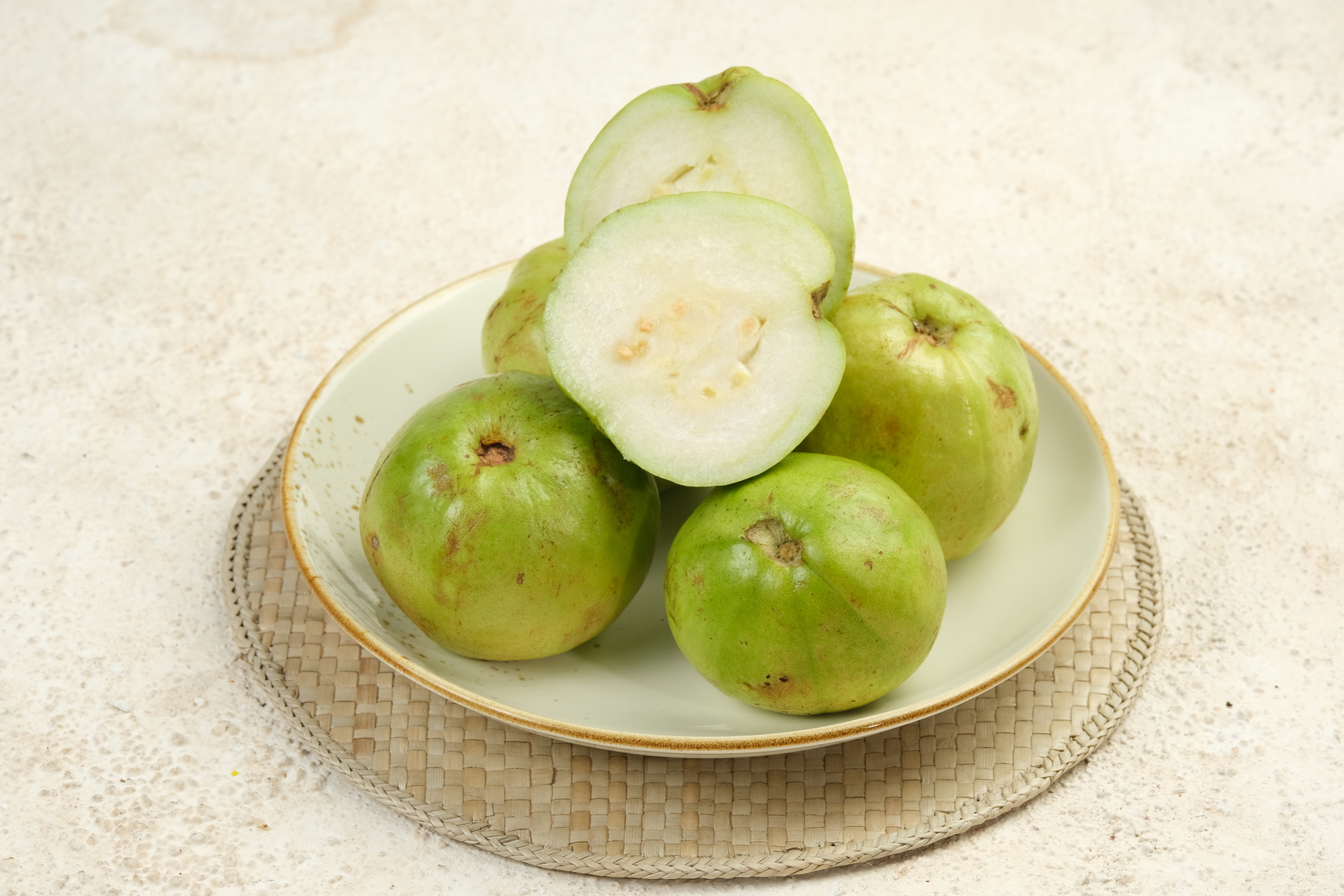
Guava is super rich in vitamin C, potassium, and fiber. It has a low glycemic index and may help lower blood sugar levels after meals. You can eat the flesh and the rind, both of which contain nutrients that support blood sugar balance.
12. Apricots

Fresh apricots are a great option for a sweet snack that won’t mess with your glucose. They’re low in sugar, provide fiber, and also give you a boost of vitamin A. Try them fresh with some Greek yogurt or as part of a small fruit salad.
Final Thoughts
Not all fruits are created equal when it comes to managing diabetes, but that doesn’t mean you have to skip them entirely. These fruits can actually work in your favor thanks to their fiber, vitamins, and low sugar content. The key is to eat them in their natural form, keep the portions reasonable, and pair them with healthy fats or protein for even better balance.

